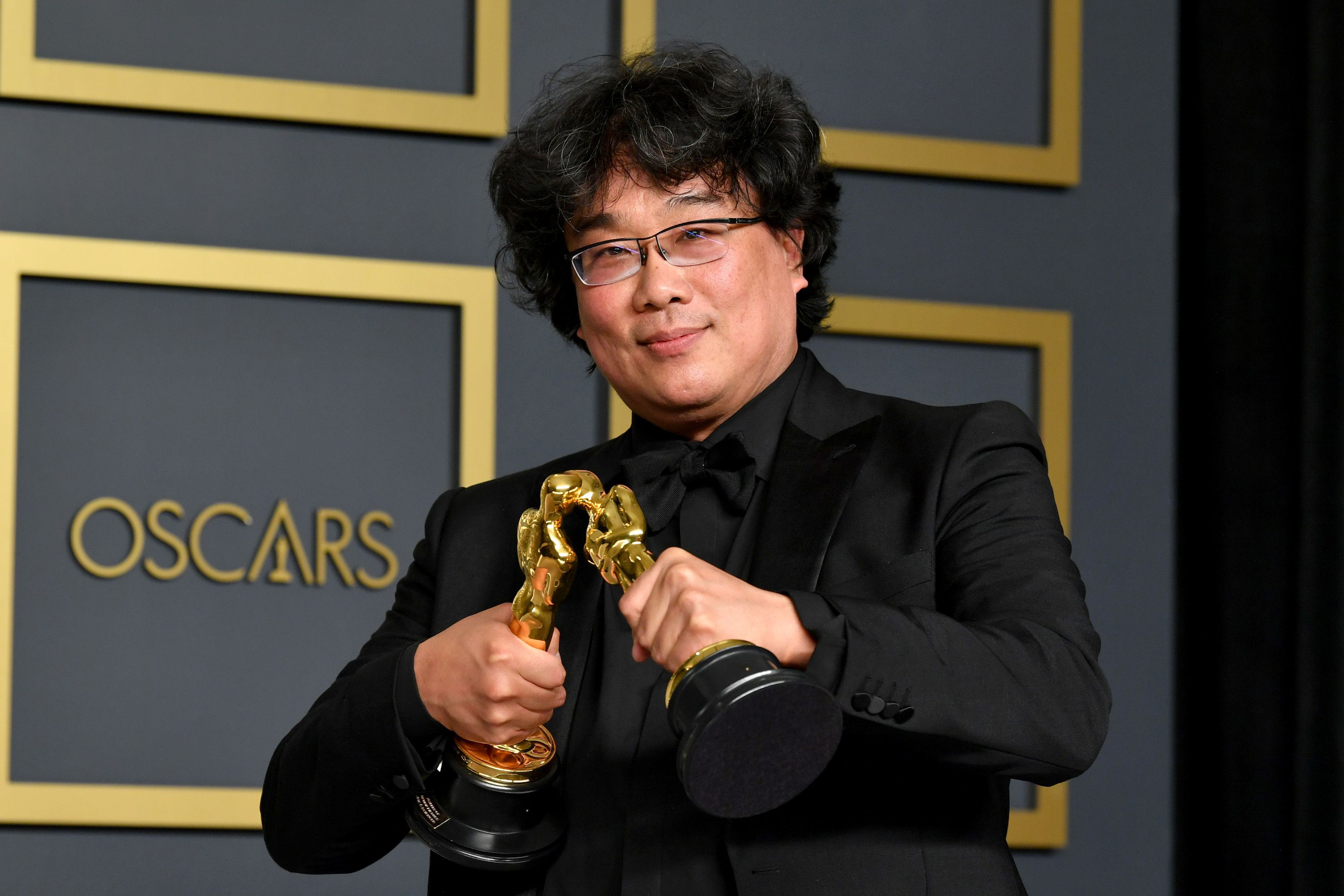- cross-posted to:
- movies@lemm.ee
- cross-posted to:
- movies@lemm.ee
I like that guys’ commentary and even though his voice isn’t bad - for some reason it grinds my gears. Maybe subconsciously he reminds me of somebody from my past who I really hated.
Comments
I’ve been a cinematographer for over 30 years now and many films are being destroyed in post. Here’re a couple of my personal experiences. Cinematographers are being cut out of the post/coloring process for a few different reasons. Production doesn’t want to spend the money on a cinematographer to sit in the coloring suite. Some people don’t think you have to do anything with the raw footage.
Productions will hire me and tell me to make their films look beautiful when it comes to the image. I spend a lot of time coming up with a color palette and many conversations with my gaffer all for no reason. I now have in my contract that for film projects (Indie/Feature Films) that you must either hire me to be in the color suite or hire me as your colorist. I think more cinematographers need to protect their work/images. No one is going to hire you after watching a film that you shot that looks bad.
-–
I’m a lighter who worked on a big CG animated series for a large company we shall not name and we would nitpick shots to death, lighting them beautifully, painstakingly working and reworking shots to give them a cinematic look and then we finished our jobs and waited. Then months later the show came out and the color grading absolutely destroyed the work we had done. It was flat. The color was wonky. It was pretty devastating.
Anyways…there’s my two cents. I think there are people at the top working in post that don’t actually know what they are doing. They’re just making product. Can’t wait to get out of this era.
At school, my cinematography instructor (he shot Dredd) told me that he thought we all had way too much dynamic range nowadays and it was harder to light with 14+ stops of dynamic range. His favorite film stock was Eastman EXR 500T which he cited as having about 8-9 stops. For reference most of the films from 1989 to 1996 were filmed with it.
I recently picked up an old Sony F3 and have been completely blown away at how good it is. It has just enough roll off in the highlights but leaves room for lighting.
And I think that’s really it. Lighting is the most misunderstood part of cinematography at the moment. Study Rembrandt and classical art and composition, stop worrying about full frame and crop ratios and low light. Add light, find new ways to compose your images and light boldly!
Answer: HDR
Saved you 8 minutes.
I found a YouTube link in your post. Here are links to the same video on alternative frontends that protect your privacy:



